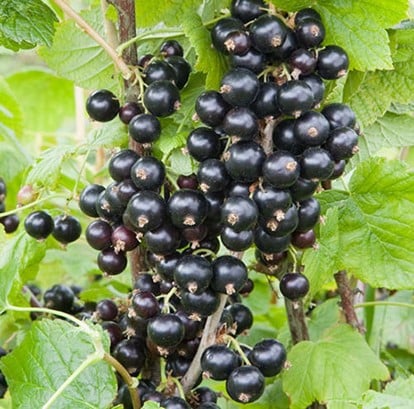Table of Contents
Blackcurrants, also known as cassis, are woody shrubs grown for their berries. They are easy to grow and produce 4.5 – 7 Kgs of dark purple berries in mid-summer. Berries are rich in Vitamin C and their tart flavors are used to make pies, jams, or even cordials.
A well-established blackcurrant bush can yield 10ibs or more of fruit and remains productive for up to 15 years. They grow well on sandy, loamy, or forest soils if their nutrient requirements are met. They prefer damp, fertile but not water–logged soil.
Their bushes are winter hardy but frosts during flowering may affect their yield. In winters, the cold winds may restrict the flying birds or bees from visiting and pollinating the flowers.
If you are starting or thinking to start growing Blackcurrants, read this article till the end to know exactly how to grow Blackcurrants and get to know some tips for its healthy growth.
Growing Blackcurrants
Blackcurrants are easy to grow and are generally planted during autumn or winter to allow the plants to establish before they start growing in spring. But if you are growing them in containers these stocks can be grown at any time of the year.
Growing them on a standard leg are a very popular way to grow blackcurrant bushes. Grafted at around 40”, it is supported on a clear stem where it attains the same size as it would in a conventional one.
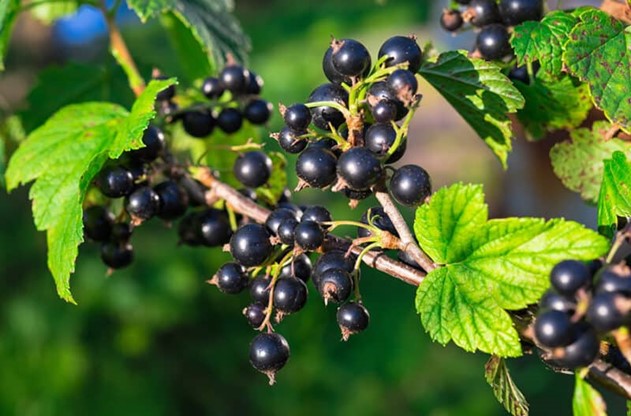
Recommended Varieties
If you are just starting to grow blackcurrants, we would suggest you grow the following varieties.
Ben Sarek
If you have a small garden or a small space, this variety can be a good choice for you. It is a compact, dense, high-yielding bush growing only about 4ft high.
Ben Connan
Suitable for small garden or container pots, it is resistant to mildew, frost, and gall midge. The berries are also large with good flavor.
Ben Lomond
This upright blackcurrant is frost-resistant because of its late flowering. It produces high yield of large, short, stalked berries which are ready to harvest in late summer.
Ben Hope
Resistant to mildew, leaf spot, and gall midge, this variety is an excellent grower with heavy yields of medium-sized, delicious currants.
Pests and Other Common Problems
Blackcurrants are usually trouble-free, but you may encounter some problems that are discussed below-
Big Bud
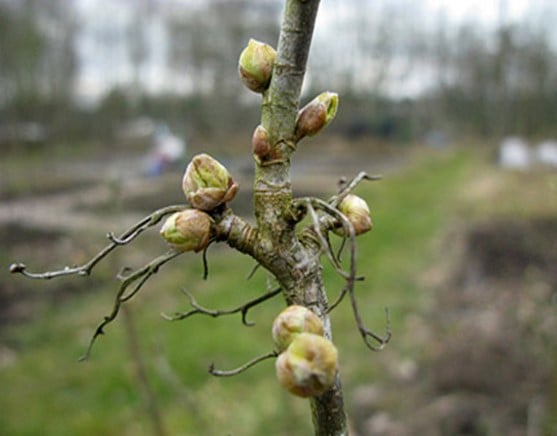
This can be a serious issue since there is no cure for it. The disease is characterized by swelling of buds in the spring but not developing beyond that point and remaining inflated. These buds are infested with tiny mites that invade the buds very early in the season and begin moving towards healthy buds.
Only possible treatment advised is picking off infected buds and destroying them, thereby limiting the spread of mites. You can also use systemic pesticides like Provado, which should be applied just as the buds begin to swell. It also requires several applications and over more than one season.
Greenfly and Aphids
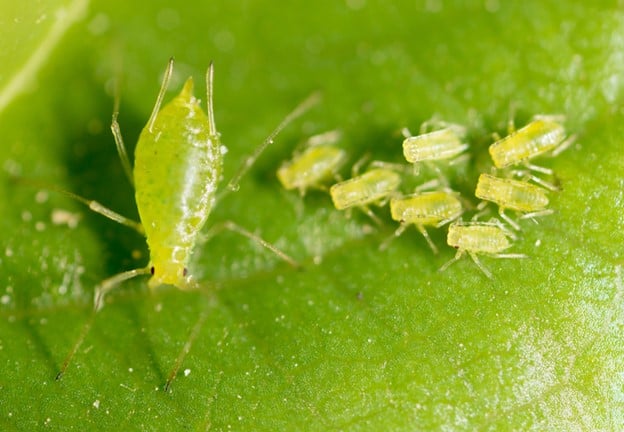
These pests cause soft new growth to curl and become distorted, sometimes streaked with yellow. The first step to eradication is to provide winter wash all over the bush while it is dominant or overwintered on the bush. Another effective treatment is the use of insecticides, which need to be applied as soon as the first leaves emerge, and repeat applications as directed by the manufacturer. If greenfly populations are left unchecked, sap the strength of the bush, and can spread the disease as well.
Mildew
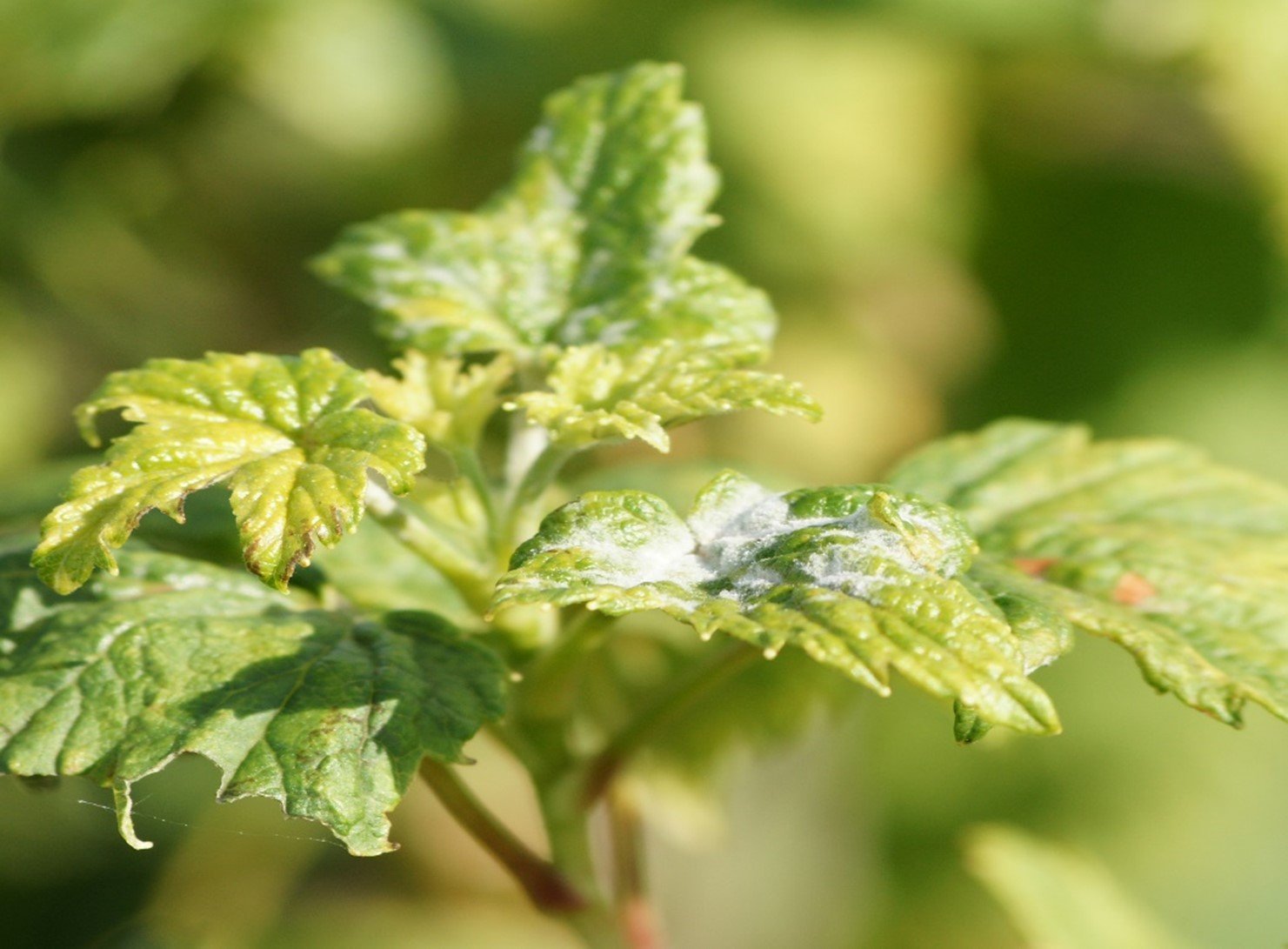
Here the leaves become silvery and powdery, and it can spoil the fruits too. Lack of pruning may also be a probable reason behind the occurrence of this fungal disease as too much soft or congested growth emerges. To avoid it getting hold of your plant start spraying insecticide beforehand.
Birds

An array of problems including eating buds, seedlings, fruits, leaves, and vegetables are caused by birds, especially pigeons. To protect the plant from these you can cover them by netting or fleece. You can choose to use scarecrows and other conventional methods but covering plants work best.
Gall Midge
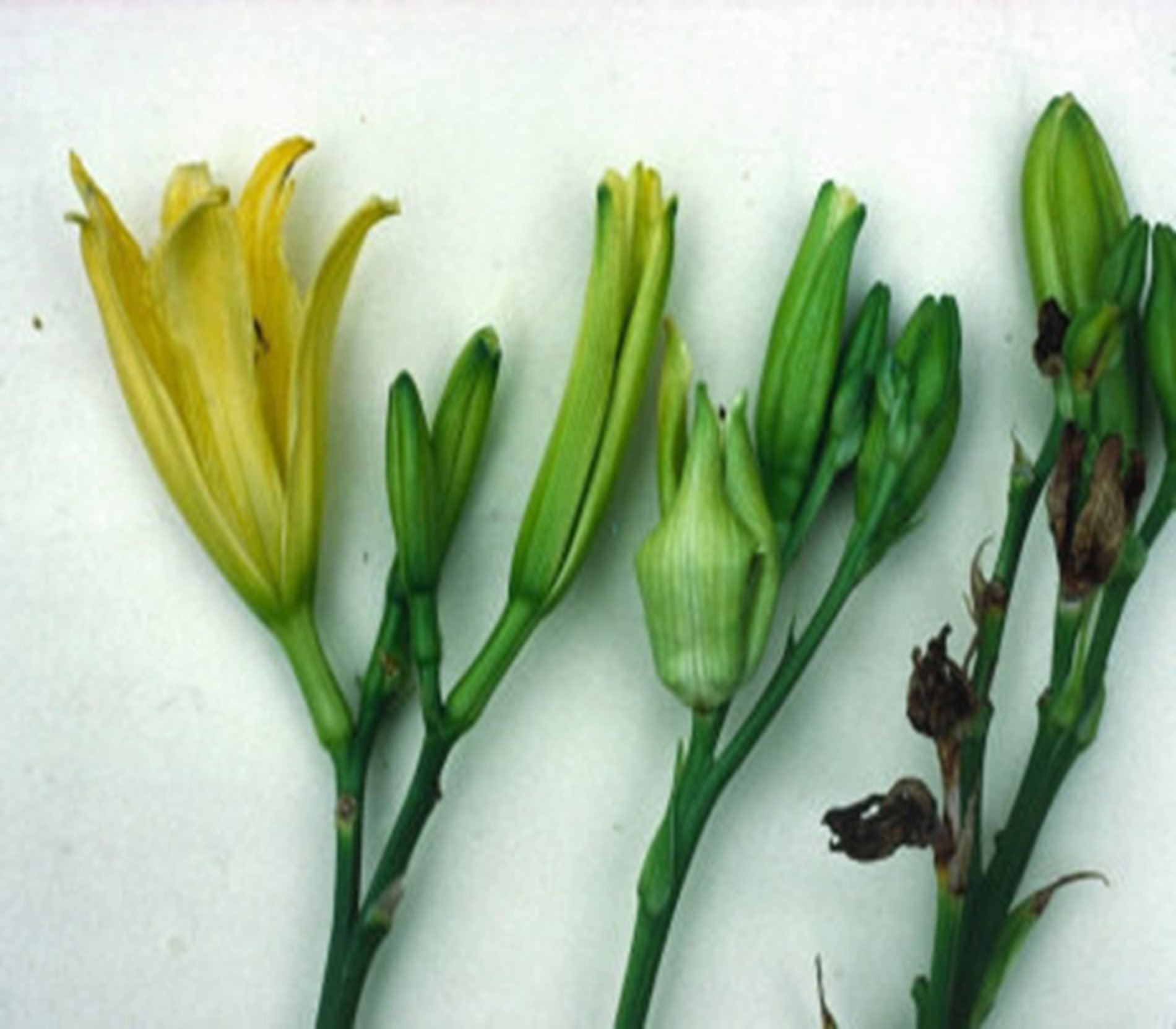
White, tiny maggots feed on the shoot tips of the plant and prevent the leaves from reaching their maximum size. These infected leaves as a result dry up and die. The shoot tips also die back. As there is no chemical control on this, you can just pick off the infected leaves or plant resistant varieties like “Ben Connan” or “Ben Sarek”. Removing too many leaves may have a negative impact on the crop yield as well.
Frost

Frost can be a major problem particularly in Northern regions with early flowering varieties. Therefore, for Northern climates, it is important to grow hardy, frost-resistant variety like “Ben Navis”.
Soil and Feed Requirements
Before planting the blackcurrant, bushes make sure you prepare the sowing area in advance. Allow the soil to settle and remove all the weeds from the soil. Add well-rotted manure and balanced fertilizer. Double dig the allotted area until it attains fine tilth. Blackcurrant plants prefer well-drained, moisture-retentive sites but can tolerate a wide range of soil conditions. Similarly, they prefer full sun but can tolerate light shade.
The soil should ideally be half multi-purpose compost and half John Innes 3 but if the pot is heavy, all multi-purpose will be fine. If you are planting the Blackcurrants in containers care for them as if they were in open ground and water regularly.
While buying plants from stock; you will see that there are two forms available; Bare- root stock or in containers. If you are buying the former, where the roots of the plant are exposed, then the best time to plant them would be in the dormant season, which is November to march. Avoid planting them if the soil is frozen or very wet. Plants in containers can be planted all year round.
Pruning Blackcurrant Bushes
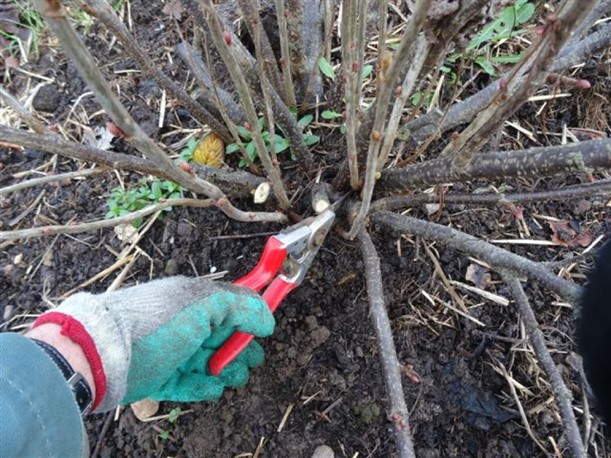
For planting a blackcurrant bush, dig a hole at least twice the diameter of the root ball and spread out the roots. To encourage young, vigorous shoot development from the base plant the bushes deeper setting each plant at least 2.25 inches deeper than it was previously. Firm in well before watering them.
If you are planting in the dormant season, prune all the shoots to 2.5cm. This way the shoot development is encouraged. Container plants that are planted in the growing season should not be hard pruned.
Container Choice
If you are short on space, you can grow these bushes in containers as well. Choose a pot of diameter of 50 cm or more and fill the bottom with stones or broken pots to allow drainage. Make sure you report the container-grown plants two to three years in late winter.
Roots should be trimmed back, and the soil should be replaced with good quality compost. For repotting the plants, you can use the same pots again or plant in a larger sized container.
Sowing and Planting Blackcurrant
Plant the blackcurrant bushes in spring as they emerge from dormancy. Set the plants deeper to encourage shoot development. Apply a mulch of comfrey after planting to allow the soil to remain cool and moist. Plant from certified stocks to avoid the risk of introducing viruses. In winter, prune out old branches close to the ground.
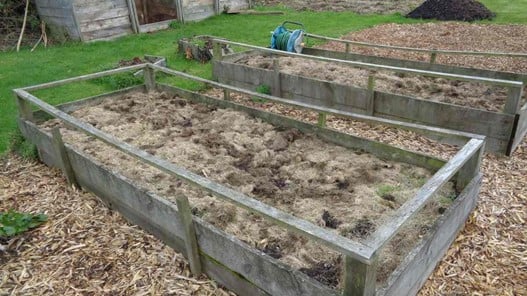
Harvesting Blackcurrant
On a garden scale, the fruits should be picked when ripe and dry. For modern varieties such as “Ben Sarek”, “Ben Hope”, “Ben Lomond” and “Ben Connan”, harvesting is done by cutting the bunch of fruits or strigs as they turn black.
In older varieties, the fruits at the top of the strig ripe first. Therefore, the fruits should be picked individually. The harvested blackcurrants can be eaten fresh or can be frozen, cooked or made into smoothies, jam, and jellies.
Bonus Tips
For growing your blackcurrant bushes healthy and strong here we are providing some bonus tips.
- For planting, use soil with a pH of 6- 6.5.
- Fertilizers should be applied in late fall by spreading it over the root zones of the plants.
- To prevent nutrition loss, avoid cooking them as it can reduce the amount of Vitamin C.
- Avoid hoeing near base of the bushes as it might cut through the new shoots developing at the base.
- Water the blackcurrant bushes during the dry periods in the growing season
- Apply liquid feed in summer months.
Conclusion
Blackcurrants are vigorous growers and prolific fruiters so; a healthy feeding regime and proper planting will give them the strength and impetus to give you the best results.
One bush can yield about 4.5 kgs of fruit. As you have reached this far you must by now have got your way towards growing blackcurrant in your garden. So, go ahead and plant your own blackcurrant bush.

